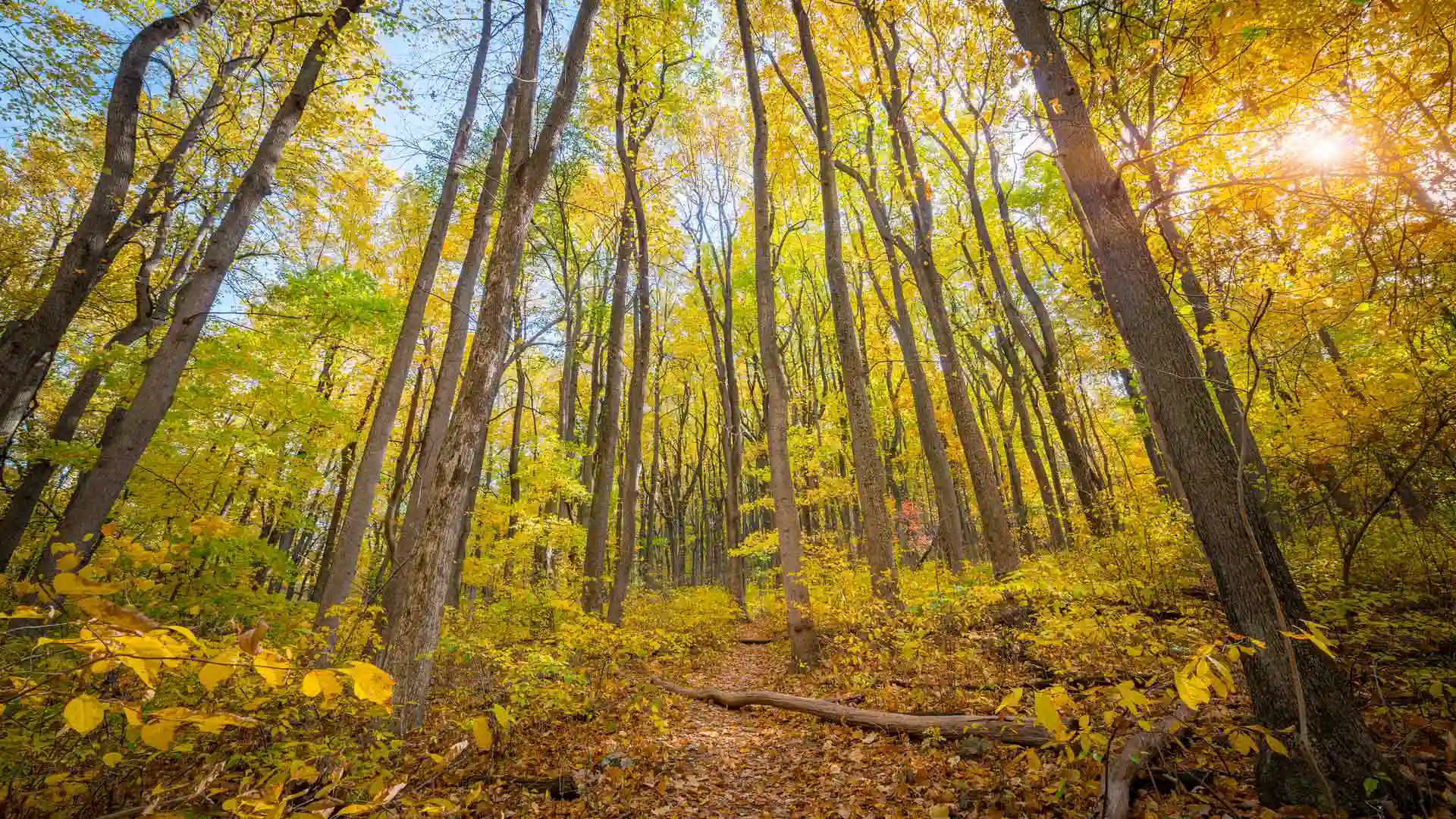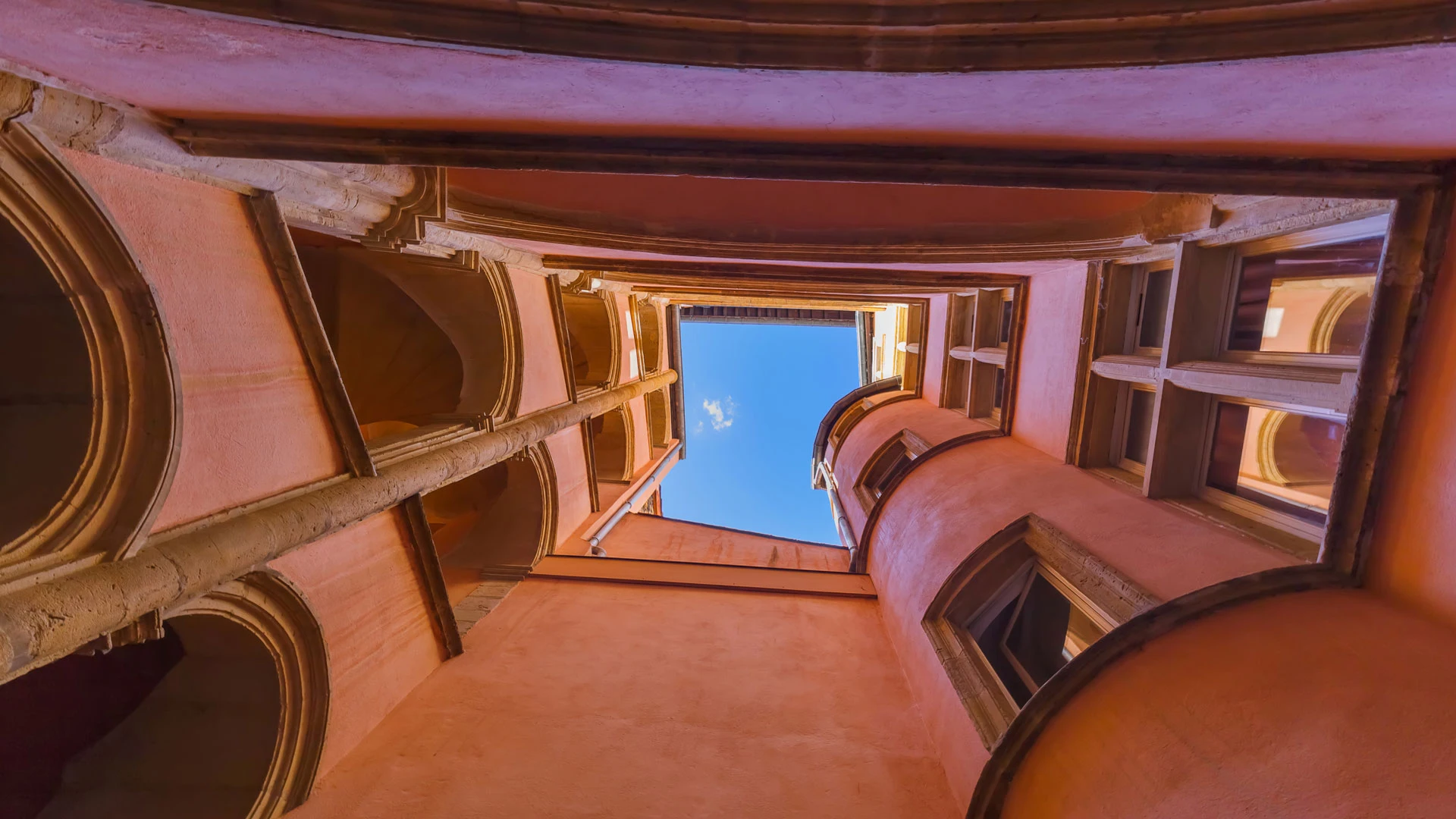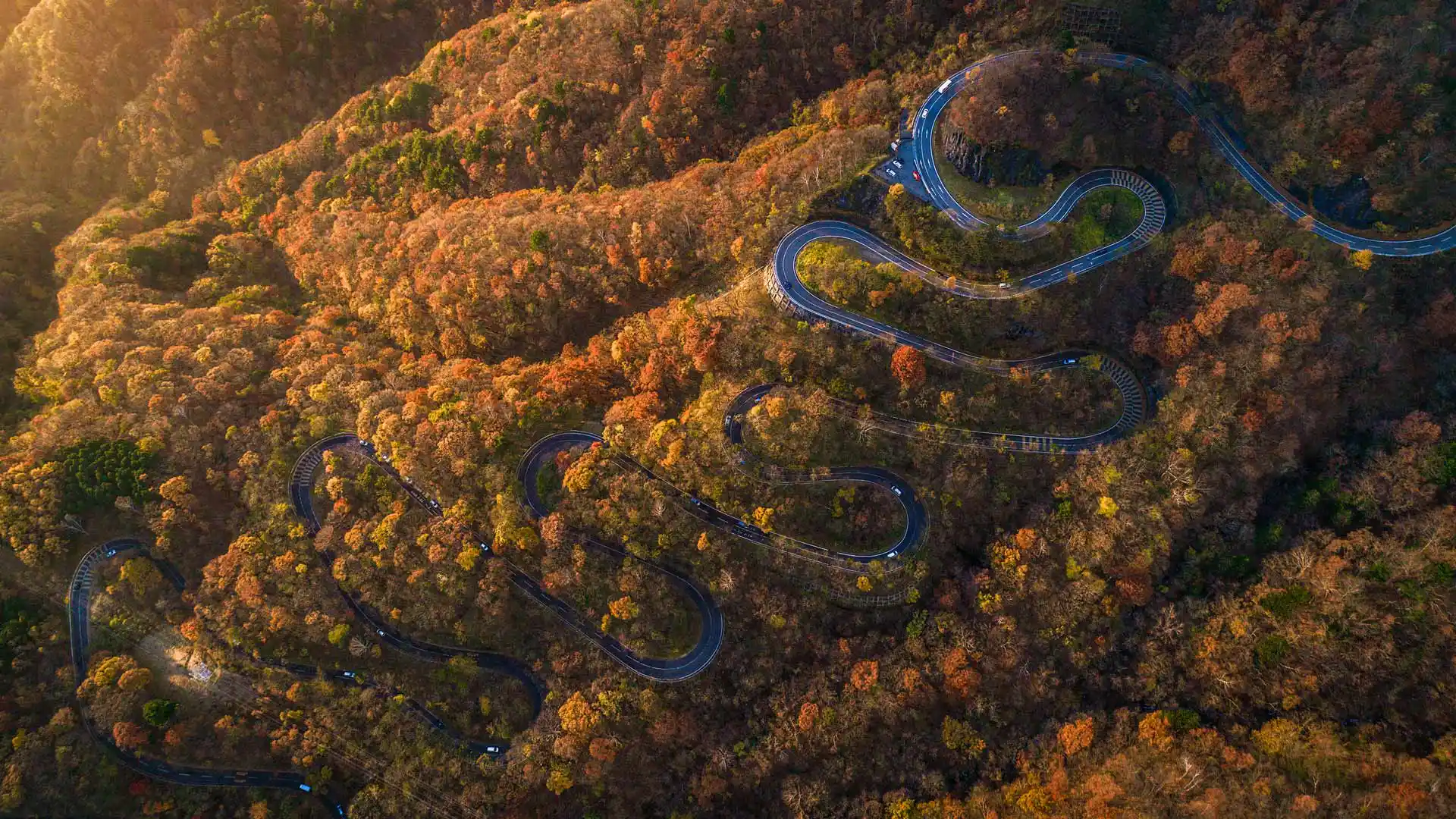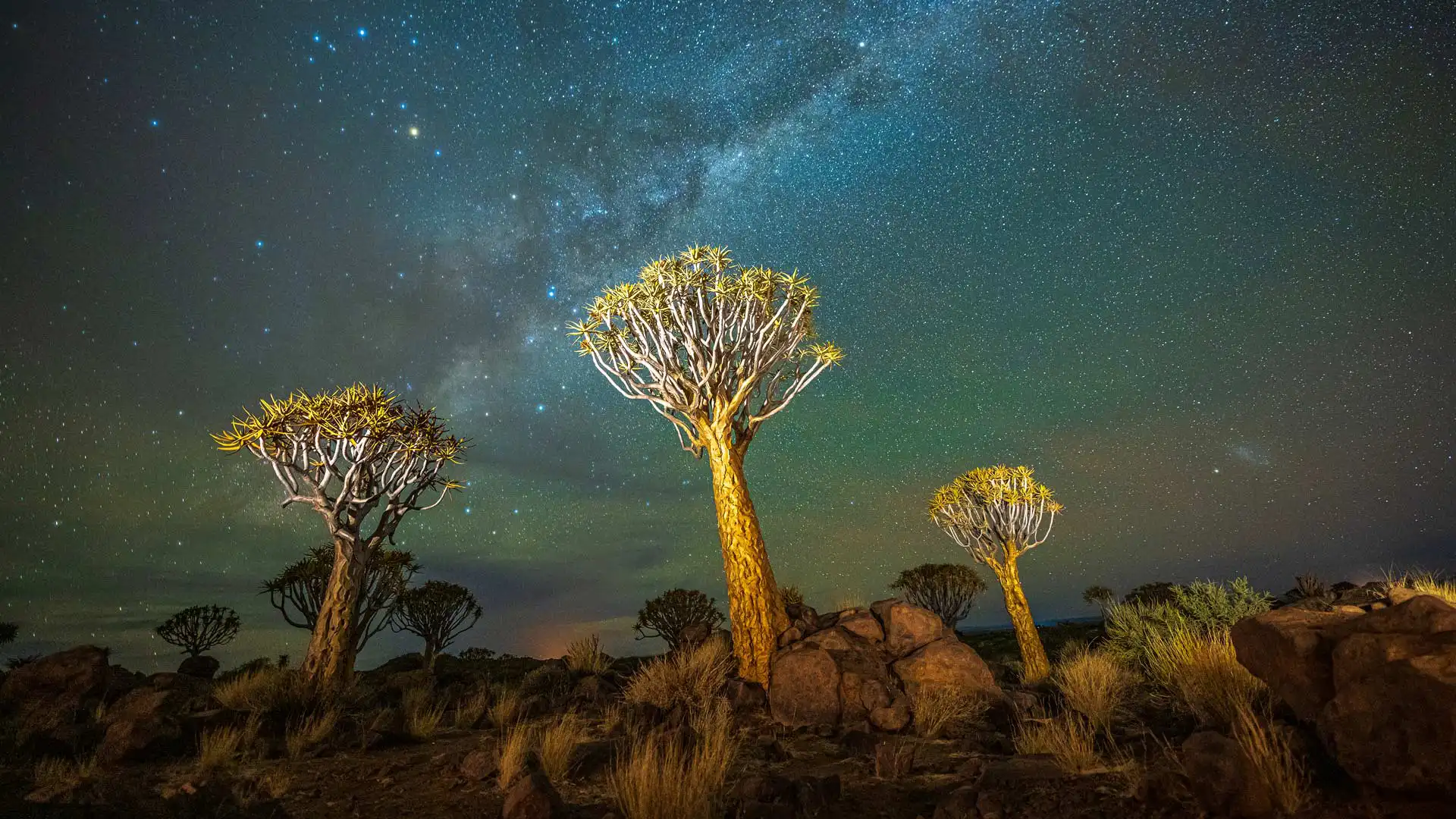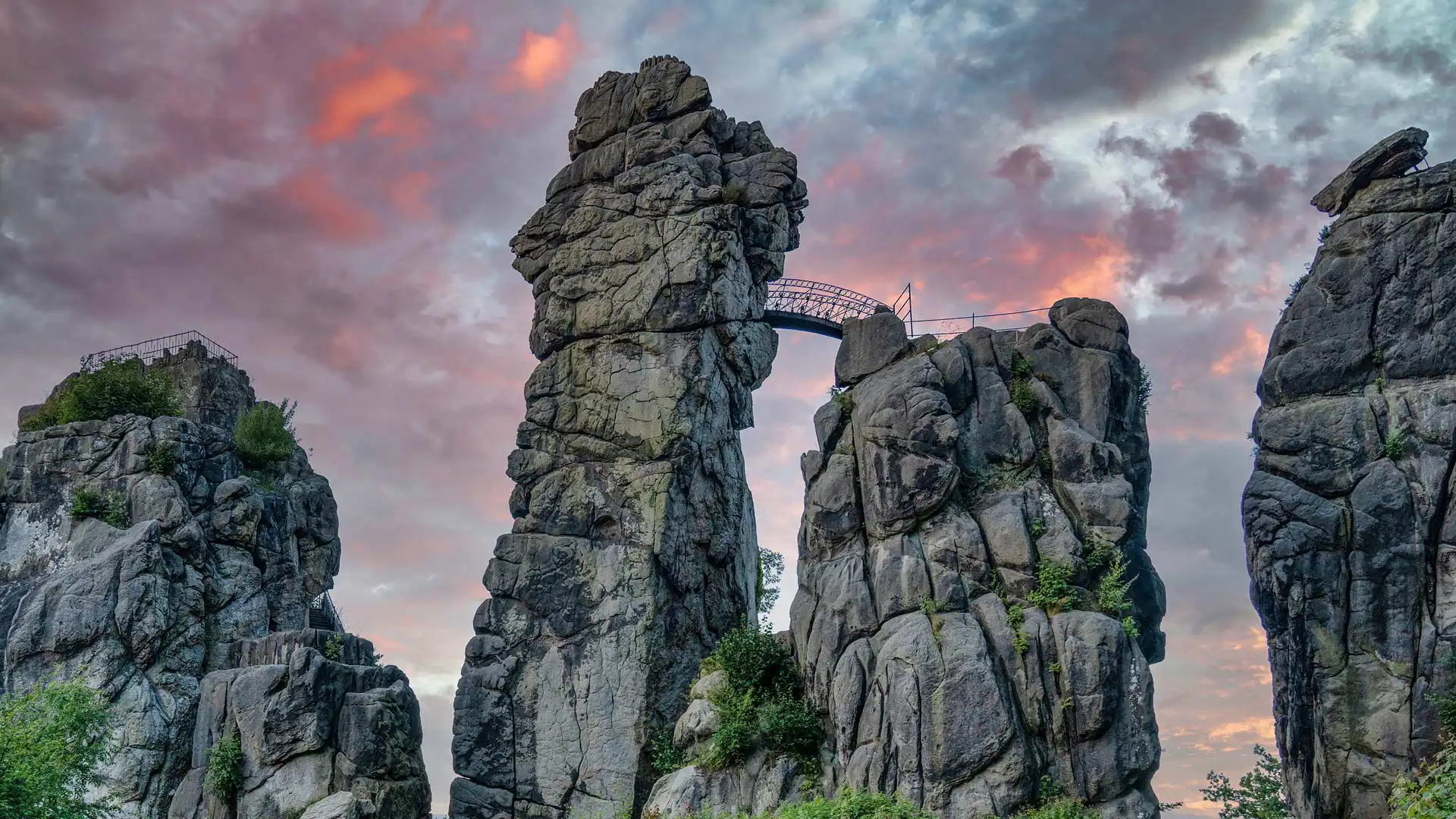谢南多厄国家公园的秋色,弗吉尼亚州,美国 Fall colors in Shenandoah National Park, Virginia (© Michael Ver Sprill/Getty Images)
谢南多厄国家公园的秋色,弗吉尼亚州,美国 Fall colors in Shenandoah National Park, Virginia (© Michael Ver Sprill/Getty Images)
小径在召唤 The trails' call
谢南多厄国家公园,弗吉尼亚州,美国
谢南多厄国家公园,弗吉尼亚州的山间瑰宝。蓝岭山脉在此披上最华美的盛装:金黄的山核桃树、绯红的枫树,以及镀上青铜色的橡树。十一月的空气愈发清冽,秋日的余晖低声细语,悄悄停留在山坡上。沿着天际线公路缓缓前行,105英里的蜿蜒公路带你俯瞰云海翻涌,云影在山谷间轻轻流动,像思绪在天空漂移。这里还有超过500 英里的步道,沿着小径,你会走进瀑布奔流的深谷,登上触碰天际的高峰。石人峰、鹰嘴峰、暗谷瀑布——每处皆是石与叶谱写的诗篇,静待游人的脚步与风声共鸣。
National Take a Hike Day
National Take a Hike Day is more than a date—it's an invitation to step away from screens and into the rhythm of nature. Created by the American Hiking Society, this day celebrates the simple act of walking under open skies and reminds us that health and happiness often begin with a single stride. Across 60,000 miles of US trails, hikers rediscover the quiet magic of forests, the strength in their own breath, and the promise of unspoiled landscapes.
And then there's Shenandoah National Park, Virginia's mountain jewel. Here, the Blue Ridge Mountains wear their finest colors—golden hickories, crimson maples, and oaks brushed in bronze. By November, the air turns crisp, and the last embers of fall cling to the hillsides like whispered secrets. Skyline Drive winds for 105 miles, offering vistas where clouds drift like thoughts across endless valleys. Trails—more than 500 miles of them—lead to places where waterfalls tumble and summits greet the horizon. Stony Man, Hawksbill, Dark Hollow Falls—each a poem written in stone and leaf, waiting for footsteps to rhyme with the wind.
